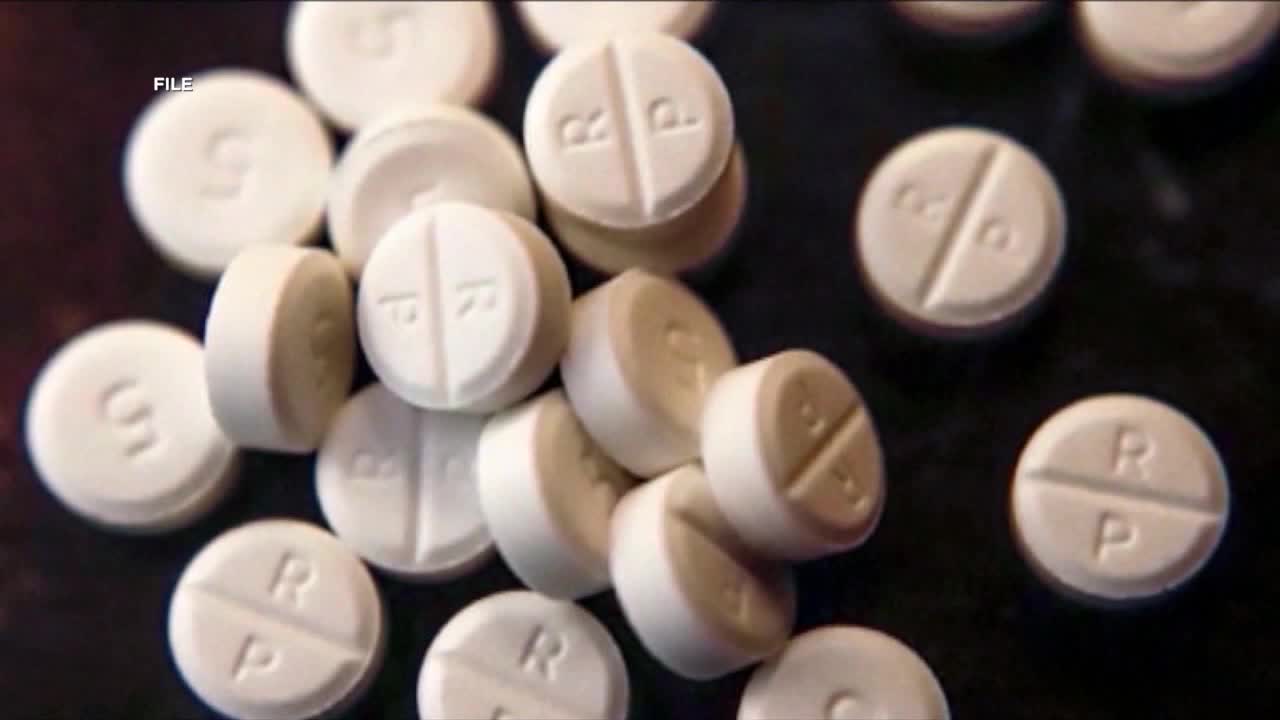Opioid overdose deaths in Minneapolis’s Indigenous community reach staggering, ‘shocking’ rate, data shows

Credit: KSTP
Indigenous people living in Minneapolis are dying from opioid overdoses at a staggering rate, according to data compiled and recently presented by Minneapolis Public Health officials.
The 2021 statistics show the rate of overdose death among Native Americans is already 10 times that of their white peers statewide, but when you narrow the lens to the City of Minneapolis — where there is a concentrated community living off tribal lands — Indigenous people are dying at nearly 30 times the rate of their white neighbors.
“The rates of overdoses for Natives is shocking and unacceptable,” Minneapolis Deputy Commissioner of Health Heidi Ritchie told 5 EYEWITNESS NEWS in an interview late last week.
The city-level statistic has been about that staggering since 2020, Ritchie added. Similar data for 2022 and 2023 is still in the works, but she said it appears the racial disparity has only worsened.
“What we’re seeing as the rates might go up a little bit in 2022,” Ritchie explained. “We’ve got a little bit more work that we have to do in order to be able to get those numbers disaggregated by race.”
“They are worse,” Sharon Day, the executive director of the Minneapolis based Indigenous Peoples Task Force, said confidently.
Many historical disparities led up to this moment, Day said, pointing in part to a long-existing disparity in health services for Native people that was exacerbated by COVID and the disproportionate number of Indigenous people sheltering in the city’s largest homeless encampments in recent years.
“That all contributed to feelings of grief and unresolved, you know, grief after grief after grief, and people trying to medicate themselves,” she continued.
Mix in the rise of the highly potent opioid fentanyl in the Twin Cities and the number of Minneapolis Police officers dropping to historic lows, and Day said, it’s been “a perfect storm” in the city.
“It seems as though the drug dealers and the predators have, you know, pretty much have a free rein,” she added.
The city is using a chunk of its opioid settlement dollars to partner with at least one tribal nation, as well as organizations like the Metro Urban Indian Directors (or MUID), to bolster culturally relevant treatment options.
Day, whose organization is a part of MUID, was optimistic that work will be a part of shifting the tide.
“We believe that culture, you know, our culture, following our traditional values — that’s the way out of this,” she emphasized, adding that she’d like to see more investment in culturally relevant prevention efforts, like the education work that the Indigenous Peoples Task Force does with teenagers and young adults.
Prevention is one of the city’s “key strategies,” Ritchie emphasized.
“We are in our schools, trying to make sure that we’re getting at some of these root causes,” she said.
The Indigenous Peoples Task Force acquired land from the city in South Minneapolis earlier this year to create an art and wellness center. The organization expects to break ground later this summer, Day said.